Peabody Essex Museum, Houses
Salem MA Building Photos Thumbnails Buildings Home
|
The John Ward House c. 1684
The John Ward House, a historic example of First Period architecture, is the first such house in the United States to be saved and fastidiously renovated by a museum. The effort commenced in 1910. George Francis Dow, credited with planning and executing this task, desired to provide visitors with an all-encompassing cultural experience. The interior was carefully restored and furnished. Upon entry it is impossible to ignore the realities of a life lived in the late 1600s on a frugal budget. Door frames and ceilings are exceedingly low in order to keep the heat down where the inhabitants can benefit from it. Beds are small and stored during the day against the wall. Mattresses are made of straw and rest on ropes, which slacken and sag with use. The fireplace is wide to accommodate a number of simultaneous fires for cooking and baking. Fire was the second most frequent cause of death in those days, in large part due to the fact that women's big skirts caught fire and ignited in a flash. Sept 2011, Photo 21 |
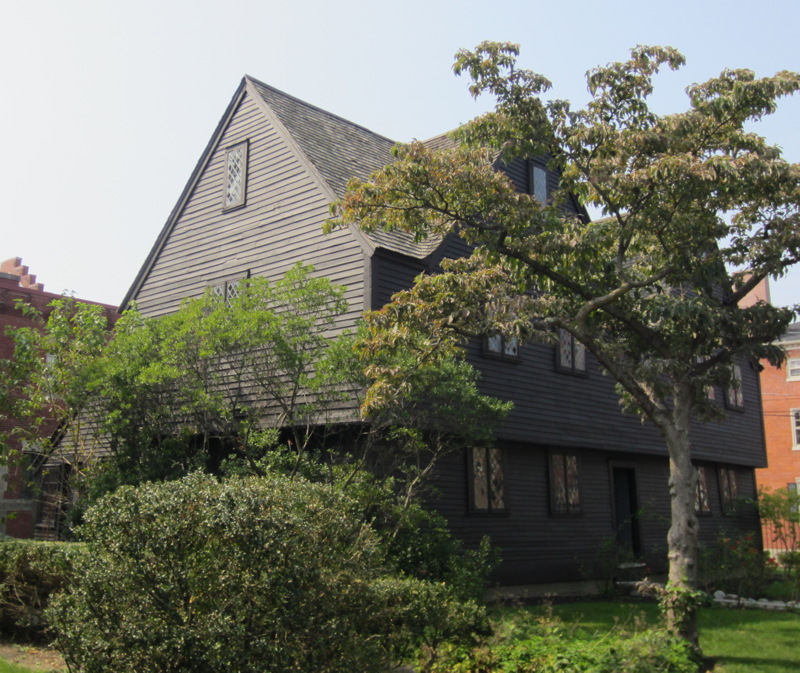
|
|
Kitchen of Ward House
Sept 2011, Photo 22 |
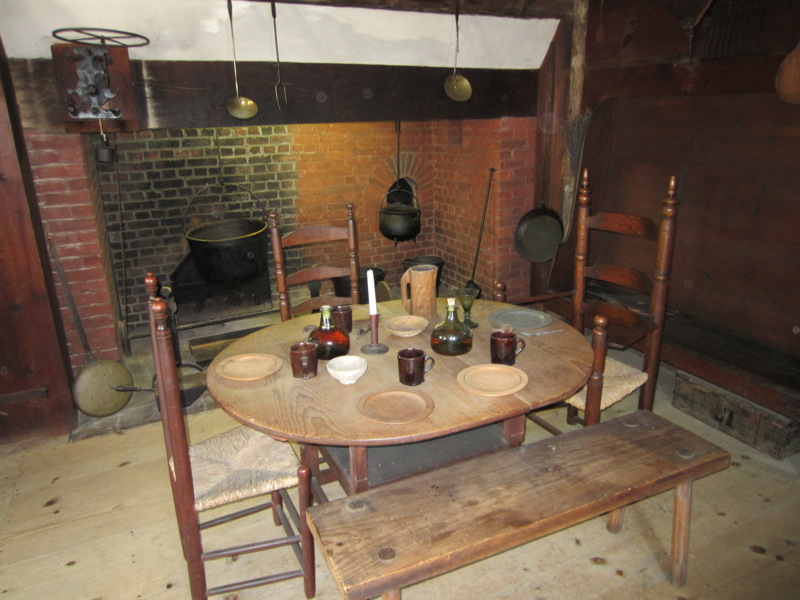
|
|
The Crowninshield Bentley House c.1727-30
Though Benjamin Crowninshield and the Widow Hannah lived side by side within the confines of the same handsome house, their lifestyles were hardly comparable. Visitors will note that while the son and his family set their dinner table with valuable china from Asia, his mother and her boarders used American reproductions of Chinese dishes. And while he remodeled his home to reflect the more popular Federal-style flourishes of his time, his mother made do with the exposed beams and oiled floor planks. Her furniture was out of fashion and made in America, and his was collected, in part, from his voyages east. Hannah's kitchen is furnished with the typical gadgets employed in the late eighteenth century. Of note are the candle boxes to keep the mice from consuming valuable tallow-based candles. There's a pole suspended from the ceiling and a hoop attached at the bottom. A baby is secured in the hoop of this "baby-minder" and the baby spins happily as mother goes about her many chores. The kitchen boasts two beehive ovens, spindle-leg pots, and a brass clock-jack, a device that turns the food as it cooks. There's also a complete set of pewter. In the time of John Ward, only the man of the house would have a pewter dish and utensils. No one in Hannah's house would have had to eat with fingers, except by choice. Sept 2011, Photo 24a |
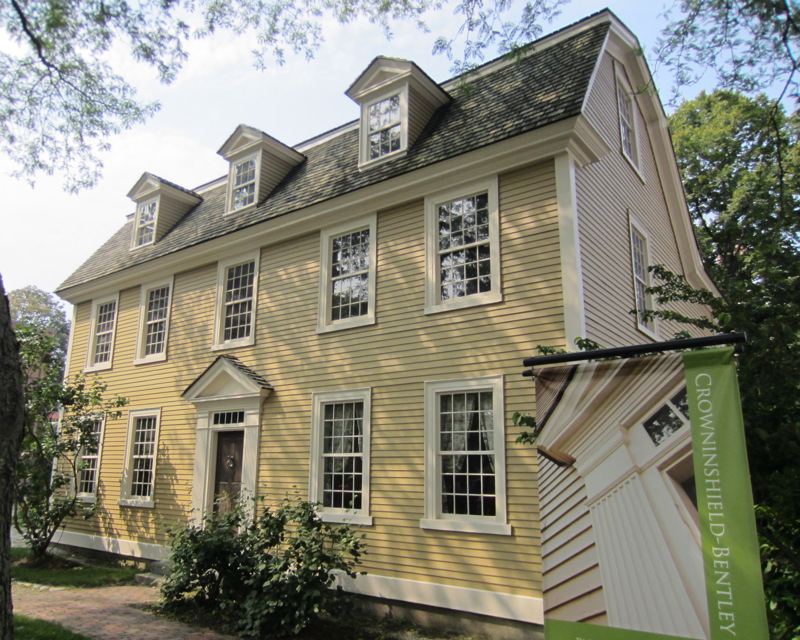
|
|
The Gardner-Pingree House 1805
Built by John Gardner during Salem's most prosperous era, this elegant Federal town house is widely admired in the published history of American architecture for its imposing but balanced and restrained facade. The lavish interior and exterior wood ornamentation were designed by Salem's master builder and carver, Samuel McIntire, at the height of his powers. The Gardner-Pingree Mansion is a breathtaking beauty, the elegant lines of this Federal-period home fully capable of stopping passersby in their tracks. Some admirers, it is said, have openly wept upon contemplation of the artful facade and its fine proportions. The Gardner-Pingree, designed by Salem's most distinguished architect Samuel McIntire, at the peak of his art was in its time the most grand of all the homes in the prosperous neighborhood, and the only one to survive. It has been used as a model for homes up and down the Eastern Seaboard. Sept 2011, Photo 26a |
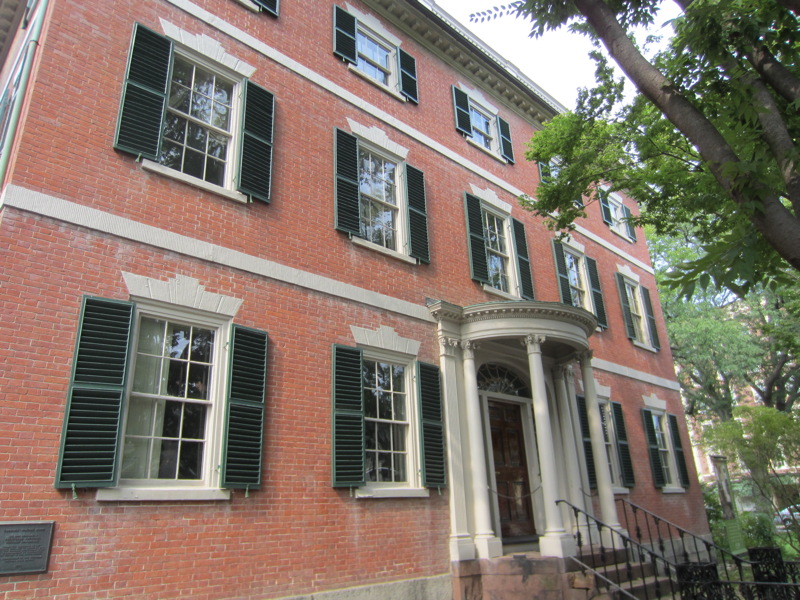
|
|
John Ward House
July 2001, Photo ward1 |
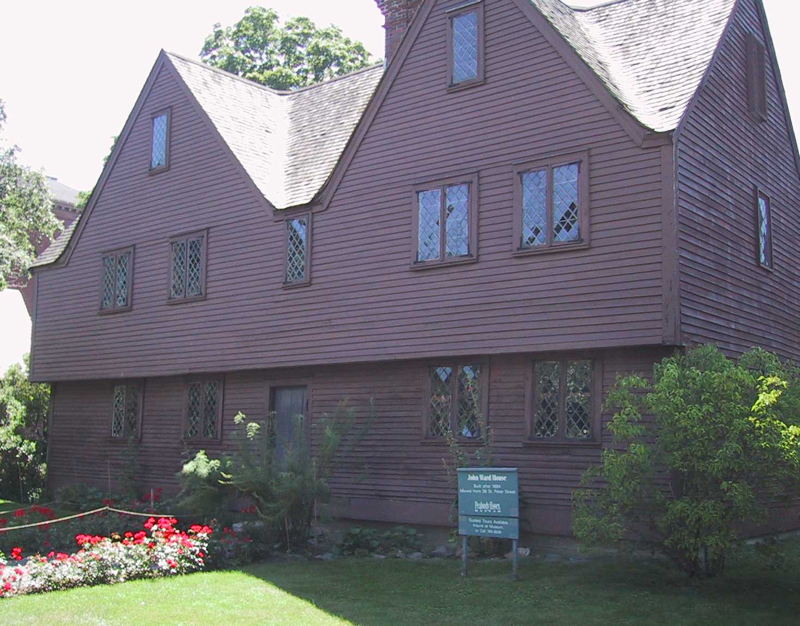
|
|
Crowninshield Bentley House
July 2001, Photo crowin |
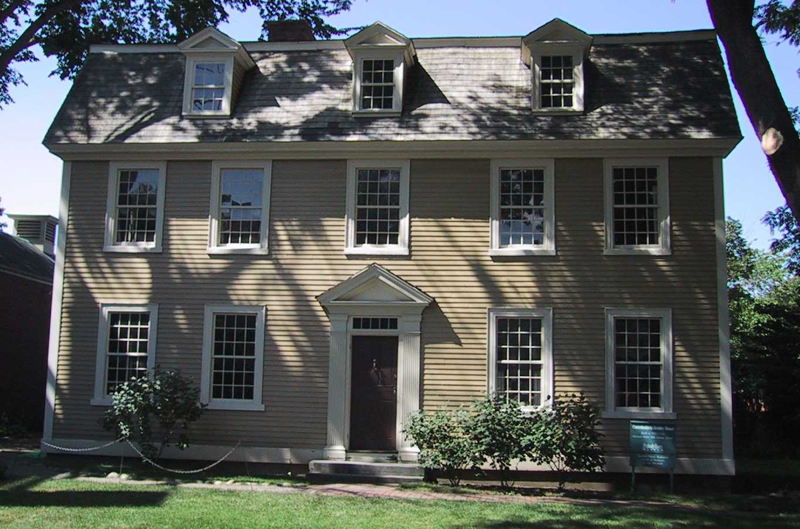
|
|
Gardner-Pingree House
July 2001, Photo gardner |
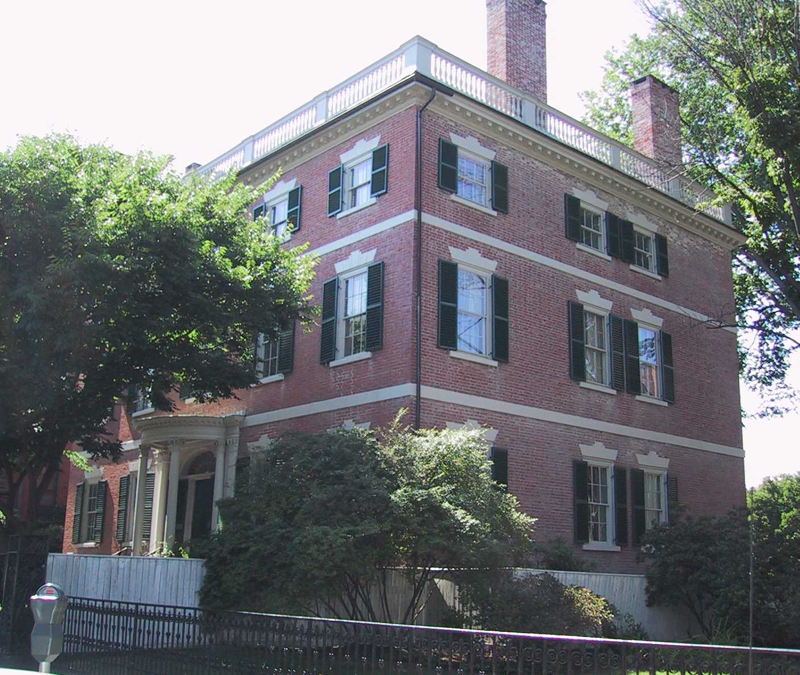
|
|
Gardner-Pingree House
Back of House July 2001, Photo gardner-backs |
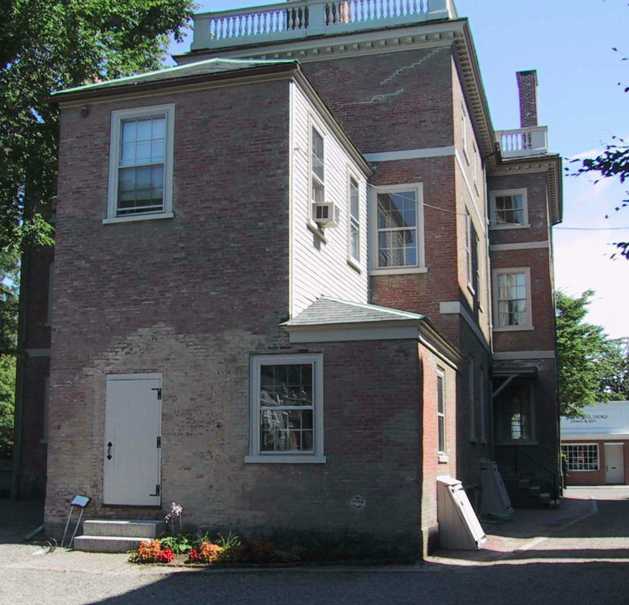
|
|
Derby-Beebe Summer House
July 2001, Photo summer2 |

|